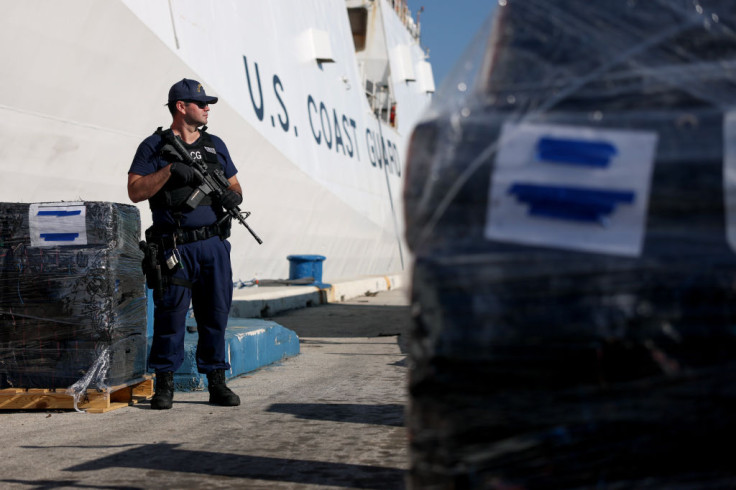
The Coast Guard is facing criticism after issuing a revised harassment policy that reclassified swastikas and nooses as "potentially divisive" rather than explicit symbols of hatred, raising questions about how the service will handle displays of such imagery.
The directive, released last week and set to take effect Dec. 15, also eliminated the term "hate incident" from policy and created a distinction between public and private displays of symbols long associated with racism and extremism.
The changes triggered immediate backlash. Seth Levi of the Southern Poverty Law Center called the revised policy "a national embarrassment," arguing that the service was softening its stance on widely recognized hate symbols, as the NYT points out.
Hours after the announcement, however, Coast Guard leadership said public displays of hateful imagery would continue to be banned, but did not initially clarify whether that prohibition extended to private spaces. The Department of Homeland Security, which oversees the service, later said such symbols have no place in the Coast Guard "including in private."
The back-and-forth left service members uncertain about what the update actually changed. The Coast Guard has long operated under Pentagon directives that categorize supremacist beliefs as extremist and prohibit conduct undermining good order and discipline. A 2023 Coast Guard instruction listed race, national origin, religion, sex — including gender identity — and other characteristics as protected categories.
The new directive would gender identity and political affiliation from that list, aligning with an executive order issued by the president in January banning what he termed "gender ideology" from federal agencies.
The updated document states that nooses and swastikas remain banned in public areas but says they are considered "divisive" only when they affect "good order and discipline, unit cohesion, command climate, morale or mission effectiveness." It also explicitly allowed private displays of symbols "widely identified with oppression or hatred," according to internal guidance obtained by The New York Times. Coast Guard officials have not offered an explanation for the shift.
Defense Secretary Pete Hegseth recently announced policy changes allowing drill instructors to "put their hands on recruits" and reintroducing profanity in training. The Coast Guard's new directive also revises the definition of hazing, stating that some conduct may have a "proper military or other governmental purpose."
In response to criticism, Adm. Kevin E. Lunday, the service's acting commandant, said the Coast Guard "does not tolerate the display of hateful or divisive flags, including those affiliated with oppression or hatred," adding that such symbols "undermine unit cohesion." The online directive, however, still reflects the distinction between public and private displays.
DHS spokeswoman Tricia McLaughlin later stated that displaying hate symbols "in private" violates Coast Guard values and remains prohibited. She also said bullying and hazing are banned.
Levi questioned why the Coast Guard changed its previous language if its stance had not shifted. "Swastikas are universally recognized as a symbol of the Nazi Party, genocide and antisemitism, and nooses are symbols of lynchings and racial terror," he said. "I don't think there's any ambiguity about that."
It remains unclear whether the Coast Guard will amend the directive before it takes effect.
© 2025 Latin Times. All rights reserved. Do not reproduce without permission.






